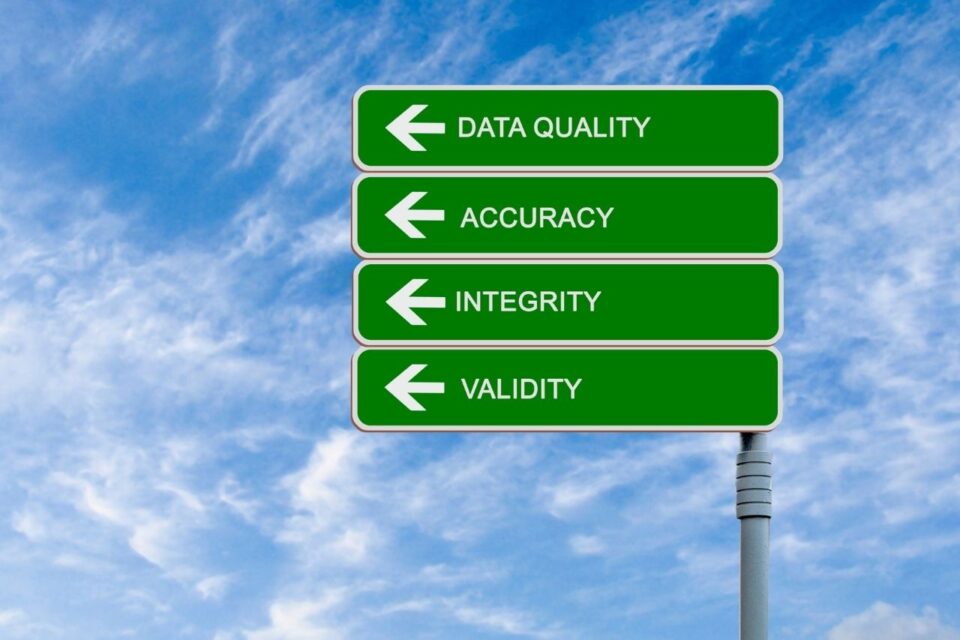
Are you taking an administrative approach to managing your claim denials?
July 25, 2018
How to select the best (RCM) Revenue Cycle Management Company?
August 24, 2018In order to ensure correct reporting of data and streamlining the process of reimbursement of claims, improvement in clinical documentation is necessary. CDI is pivotal for information tracking about public health and has an impact on revenue generated by the healthcare system.
Collecting timely reimbursement is an important part of any healthcare practice. It ensures your sustainability in the long-run. Whether or not you are able to collect timely reimbursements depend on how good you are at solving CDI related problems.
To know how to deal with these problems, you must first know what these problems are. Here are some of the most common problems that you should try avoiding.
The documentation is incomplete and/or inaccurate
One of the biggest reason for denied claims is filing incomplete or wrong information. This occurs when codes are incorrectly assigned to a service, due to human error. However, with the rise of the latest technology, it is now possible to know beforehand if you are missing out on important documents or indicators when filing for claims. This can help in increasing the chance of efficient reimbursements.
The need for the physician’s time causes fatigue
You might think that the only job of a physician is to deliver quality care to their customers. However, there are a lot of queries and processes that a physician needs to take care of. Their approval and signatures are required by different facets of the practice. For instance, they are needed for patient order clarification as well as for conversing with insurers. By using an EMR workflow, the business side of things is greatly streamlined. Physicians can choose to answer all queries in one platform, thereby reducing the chance of fatigue.
CDIS, Auditors, and Coders may face a communication gap
On the surface, a collaboration between the CDIS and coders seem unlikely and a difficult task. This creates a communication gap between the two that is hard to overcome. When you add external auditors to the mix, you can imagine the kind of miscommunication and misinterpretation that can occur.
This is why having an integrated platform can do wonders. This platform should include all workflows and stakeholders. This ensures consistent visibility to all, thereby reducing the chances of duplication of resources.
CDIS, Auditors, and Coders can work together via the platform. Recommendations by DRG are shared instantaneously with coders, while auditors can work on avoiding re-billing at the same time. CDIS would be able to see the recommendations of the coder and sign off if the DRG selection is satisfactory. The interaction between the three can be tracked for solving later conflicts as well.
Not knowing how to prioritize work
There are a lot of CDIS that need to be done. There is no way all of it can be done at the same time. Hence, prioritizing is required. But, how do they know which to do first? How do they ensure that the cases they are reviewing need their immediate attention and action?
To improve productivity, effective prioritization is important. Automated case prioritization allows you to do so.
Learn how our software is saving other organizations $$MILLIONS!
If you are interested in a free demo of our AllPayor® Software, please go HERE or you can register for a FREE webinar HERE





